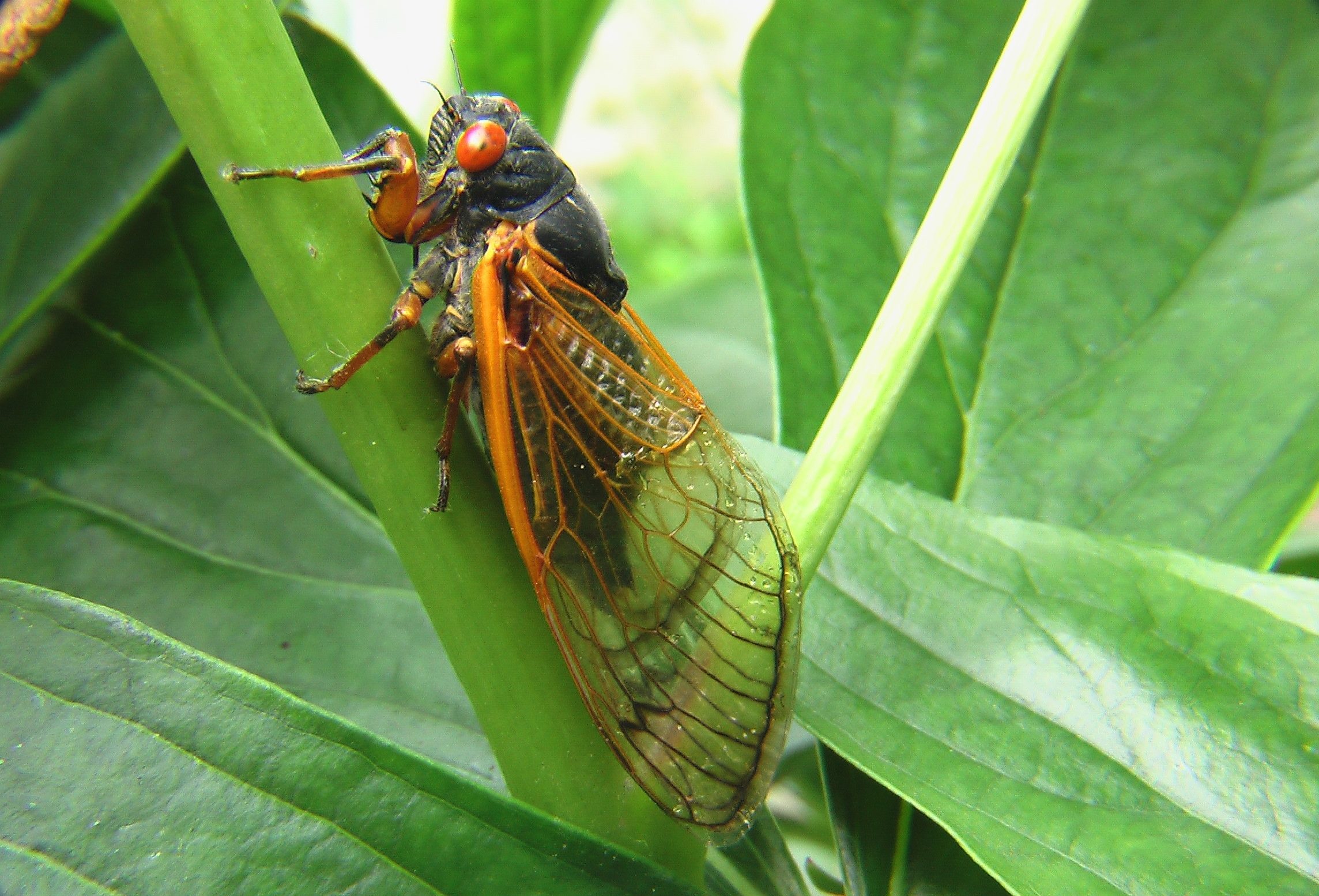A North American sap-eating insect, the cicada, has sorted itself out into broods that hibernate for more than a decade. When they emerge after their long sleep, hundreds of billions of cicadas will drink more tree sap, chirp loudly, mate, lay eggs, and their life cycles will come to an end. Researchers have charted the 13-year and 17-year cycles of broods across the eastern United States, including Illinois. Northern Illinois will be a particular focus of the cicada emergence.
In a mathematically unusual event, in 2024, a 13-year cycle and a 17-year cycle will come together. The emergence of these two broods will generate a paradise of insect life and noise throughout many of Illinois’ forests and woodlands. The last time these two groups of cicadas came out together was in May 1803, as Meriwether Lewis was gathering instruments and gear for his approaching expedition to the West.
As 1803 came to an end, the government of the United States bought the Missouri Territory from Spain and France; Lewis and partner William Clark were settling down to their encampment near Wood River, Illinois, across the Mississippi River from the new land they would begin to explore; and batches of cicada eggs and insect young were settling down near Illinois’ woody rivers for another set of cycles that would go on for another 221 years. Their 2024 re-emergence is scheduled to begin in the closing days of April, with a climax in the Chicago area around May 15.
